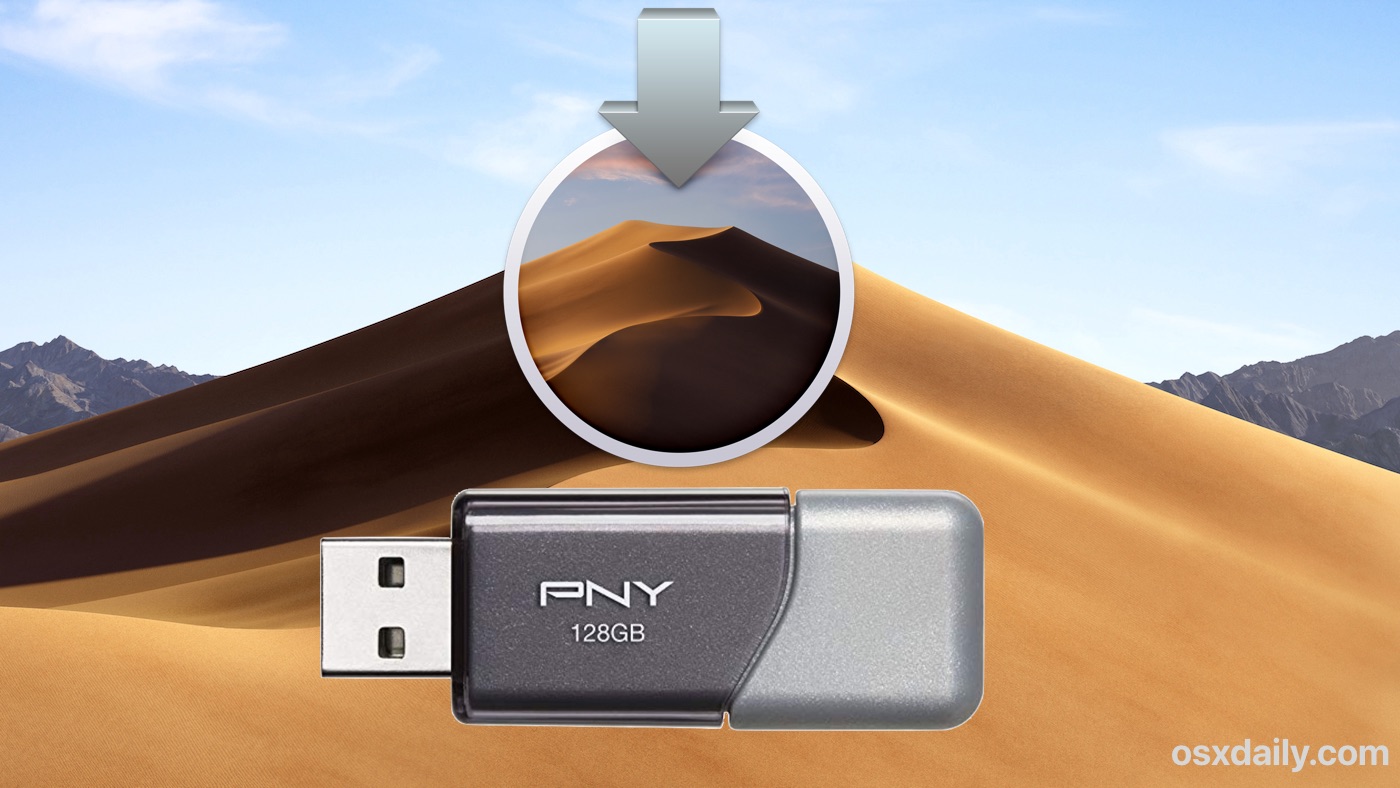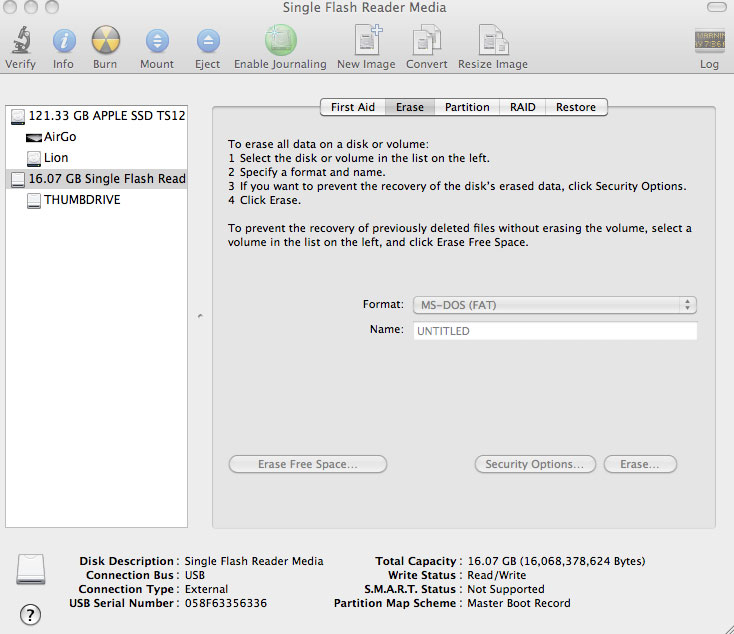

- #Mac os dmg to usb how to
- #Mac os dmg to usb mac os x
- #Mac os dmg to usb install
- #Mac os dmg to usb password
- #Mac os dmg to usb download
Step 1: Reformat Your USB Driveįirst, make sure you have a USB flash drive that's at least 8 GBs in size, then mount it. It's a lot more complicated, but gets the job done. If you don't want to use DiskMaker X or Terminal commands, this is another option for you.

This could be fairly quickly or very long, depending on your system and USB drive.
#Mac os dmg to usb password
(You won't visibly see your password typing, but it's happening-believe me.) Type in your admin password to continue and the Enter again. After you get it in there, just hit the Enter key. Note that you should replace the "Yosemite" in "Volumes/Yosemite" with whatever you named your USB drive.
sudo /Applications/Install\ OS\ X\ Yosemite.app/Contents/Resources/createinstallmedia -volume /Volumes/Yosemite -applicationpath /Applications/Install\ OS\ X\ Yosemite.app -nointeraction. With your USB drive ready to go, open up Terminal and type (or copy/paste) the following command. #Mac os dmg to usb how to
To see how to correctly format your USB drive, please see Step #1 below in the "The Hardest Way" section. Just make sure your USB drive is already formatted correctly before proceeding. If you're more comfortable with Terminal commands, this is the method for you. If it's more toward the latter, you might get a " AppleEvent timed out" error, but it should still work, according to the developer (it worked for me). It could take anywhere from 15 minutes to to 45 minutes to finish, depending on your USB flash drive. From there, select the USB drive partition and press enter to initiate the boot process.Then just follow the rest of the prompts to start the disk-making process. Simply insert your drive, power on the computer, and hold down the Option key to access the boot selection menu. The process has become a bit more cumbersome, but once all the files are in their proper place, the USB drive works much the same. There you have it - a bootable copy OS X Mavericks on USB Flash Drive that can be used to install, upgrade, and/or troubleshoot compatible Apple computers.
#Mac os dmg to usb install
Going back to the mounted Install ESD.dmg file on the desktop (step #10), locate the directory named Packages and copy it to the directory in step #15 ( Figure K). Navigate the file structure to System | Installation and delete the alias to the Packages directory ( Figure J) Once the files have finished copying over, the drive should mount automatically. The process may indicate in excess of one hour, but in my experience, the process takes significantly less time to complete ( Figure I). Upon verifying that the fields are correct, click the Restore button and select Erase from the application, if prompted to do so ( Figure H). For Destination, drag and drop the partition created on the USB drive onto the textbox ( Figure G) Drag the BaseSystem.dmg over to the Source text box. Go back to Disk Utility and click on the newly formatted USB Drive in the menu, then click on the Restore tab. dmg file and locate the hidden BaseSystem.dmg ( Figure F) Navigate the file structure Contents | Shared Support and double-click the InstallESD.dmg file mount OS X Install ESD on the desktop ( Figure E). Right-click the file and select Show Package Contents ( Figure D) #Mac os dmg to usb mac os x
Upon completion of the USB formatting, locate Install Mac OS X Mavericks.app (downloaded in step #1 to the Applications folder, by default). Launch the Terminal.app by selecting it from the /Applications | Utilities folder and execute the following command ( Figure C)*:.  Click on the Options button, select the radio button for GUID Partition Table, and click OK ( Figure B). Select Mac OS Extended (Journaled) for the format-type from the drop-down menu ( Figure A). Click the drop-down menu, selecting 1 partition. Click on the USB drive from the left-hand menu and select the Partition tab. Insert the USB drive into the Mac and launch Disk Utility.
Click on the Options button, select the radio button for GUID Partition Table, and click OK ( Figure B). Select Mac OS Extended (Journaled) for the format-type from the drop-down menu ( Figure A). Click the drop-down menu, selecting 1 partition. Click on the USB drive from the left-hand menu and select the Partition tab. Insert the USB drive into the Mac and launch Disk Utility. #Mac os dmg to usb download
Using a Mac with at least OS X 10.6.8 installed, access the Mac App Store and download the Mavericks (10.9) app installer.User Account with Administrative privileges.Apple computer with Mac App Store (OS X 10.6.8+).
 Install OS X Mavericks.app (installer downloaded from Mac App Store). Creating a USB Installer for Apple OS X 10.9īefore proceeding, you’ll need the following items to complete the process: However, the focus of this article is the change in the process for creating a working, bootable USB drive. The latest iteration of OS X, version 10.9 (aka Mavericks), marks not only 200+ changes in the OS, but also does away with the fabled “big cat” naming scheme. In April, I wrote an article on TechRepublic about how to create a bootable USB to install OS X. Jesus Vigo goes over the steps to create a bootable USB to install OS X 10.9 (aka Mavericks). How to create a bootable USB to install OS X Mavericks
Install OS X Mavericks.app (installer downloaded from Mac App Store). Creating a USB Installer for Apple OS X 10.9īefore proceeding, you’ll need the following items to complete the process: However, the focus of this article is the change in the process for creating a working, bootable USB drive. The latest iteration of OS X, version 10.9 (aka Mavericks), marks not only 200+ changes in the OS, but also does away with the fabled “big cat” naming scheme. In April, I wrote an article on TechRepublic about how to create a bootable USB to install OS X. Jesus Vigo goes over the steps to create a bootable USB to install OS X 10.9 (aka Mavericks). How to create a bootable USB to install OS X Mavericks








 0 kommentar(er)
0 kommentar(er)
